4 Ways To Close A Wound
Posted on: 05/08/2025
Which One Should You Choose?
Not all wounds are the same — and neither are the closure methods.
In primary care, minor procedures and injury management are everyday occurrences. Whether it’s a laceration, skin tear, surgical incision, or excision site, the way you close the wound can significantly affect healing outcomes, risk of infection, and scarring.
Here, we break down four of the most commonly used wound closure techniques in general practice, their pros and cons, and when each is most appropriate.
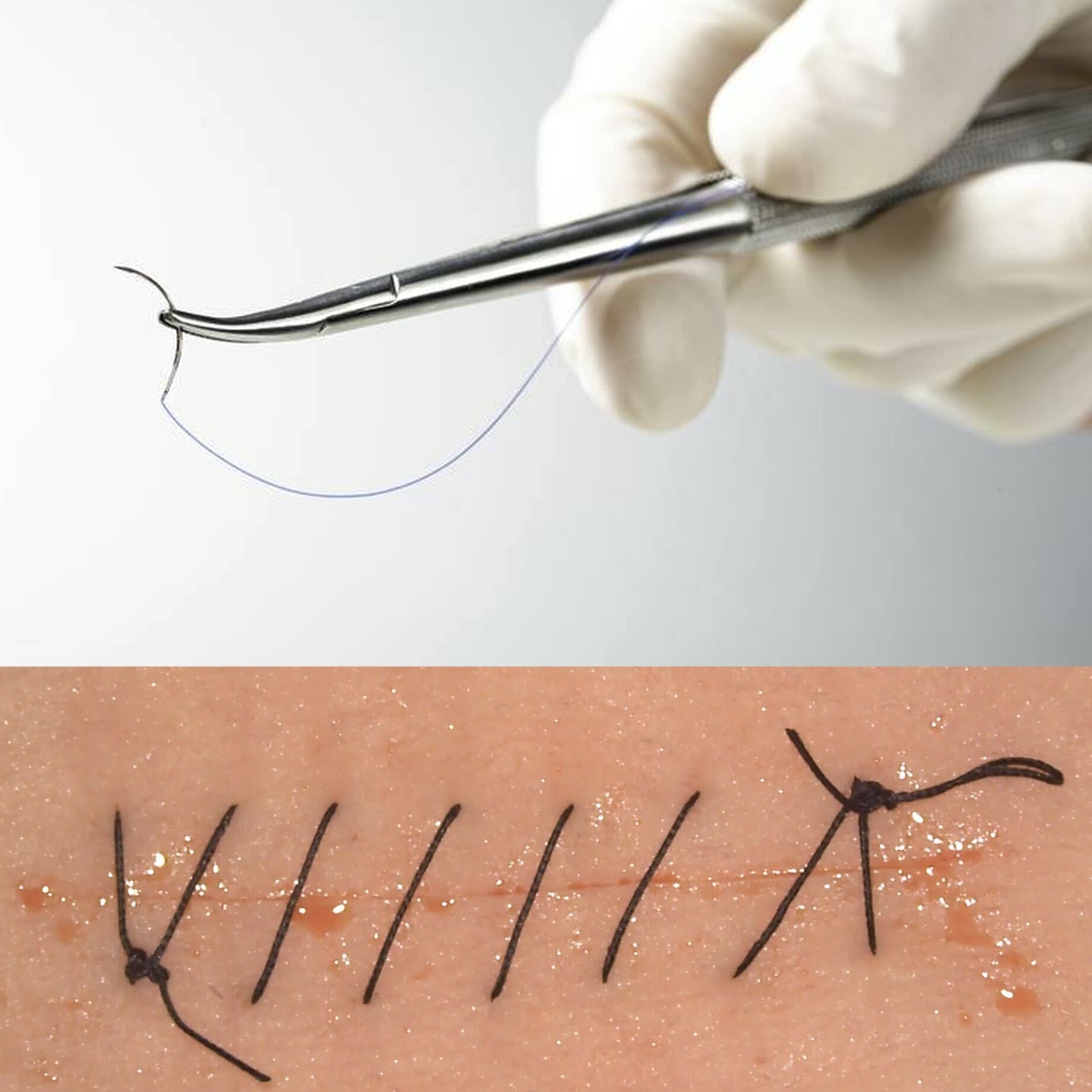
Sutures
- Best for: Deep, high-tension wounds
- Pros: Strong, precise closure
- Cons: Requires skill, removal needed

Staples
- Best for: Scalp, long straight incisions
- Pros: Fast application
- Cons: Less precise, requires removal

Skin Glue (Tissue Adhesive)
- Best for: Small, clean incisions
- Pros: No removal, minimal scarring
- Cons: Not for high-tension wounds
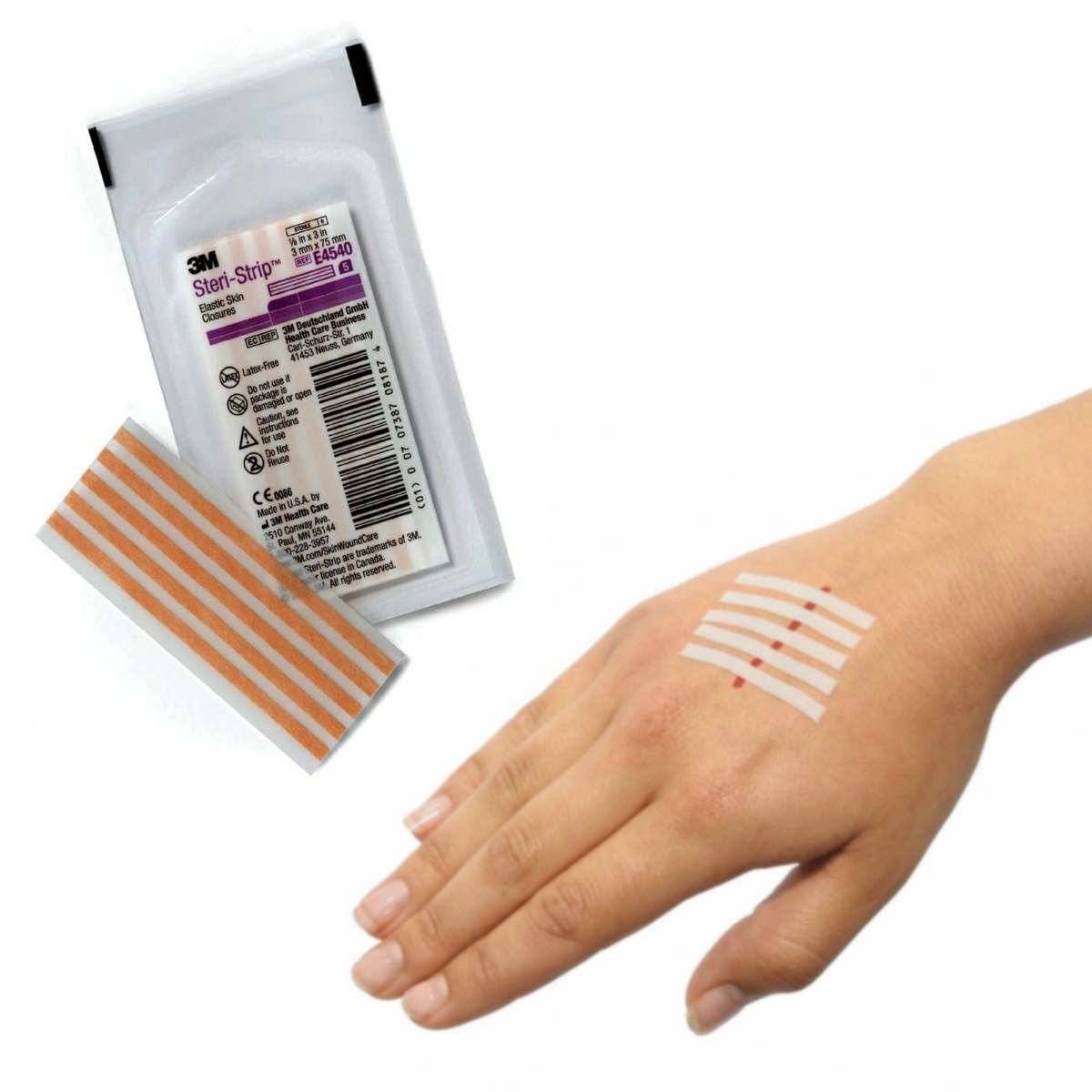
Wound Closure Strips
- Best for: Minor cuts, skin tears, fragile skin
- Pros: Easy to apply, no tools needed
- Cons: Less durable, needs dry skin
Choose the Right Closure, Every Time
Wound closure is not one-size-fits-all. The correct method depends on the wound’s depth, location, tension, cleanliness, and patient factors.
Having the right supplies on hand — from suture kits to skin adhesives and closure strips — ensures your clinic can deliver high-quality care safely and efficiently.


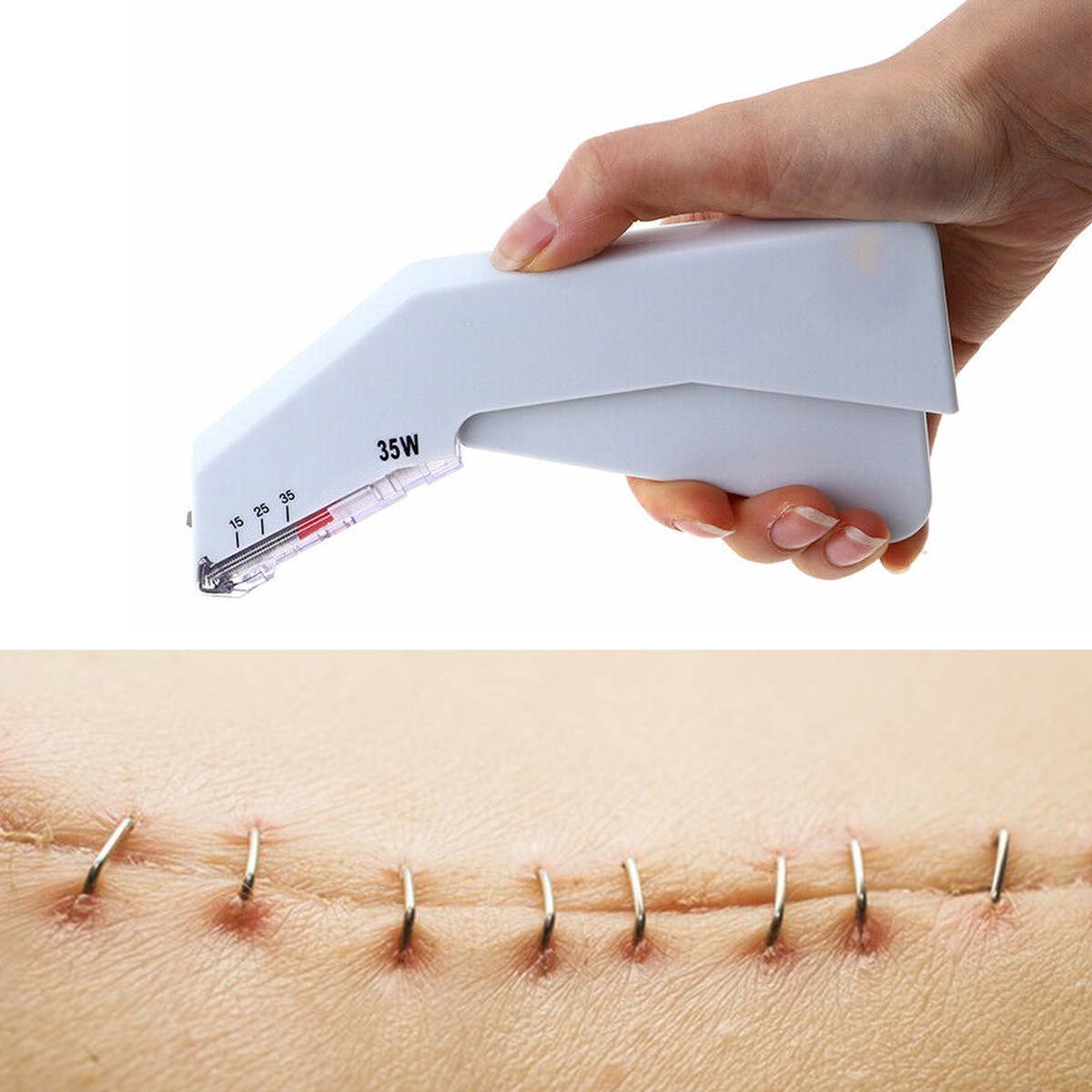
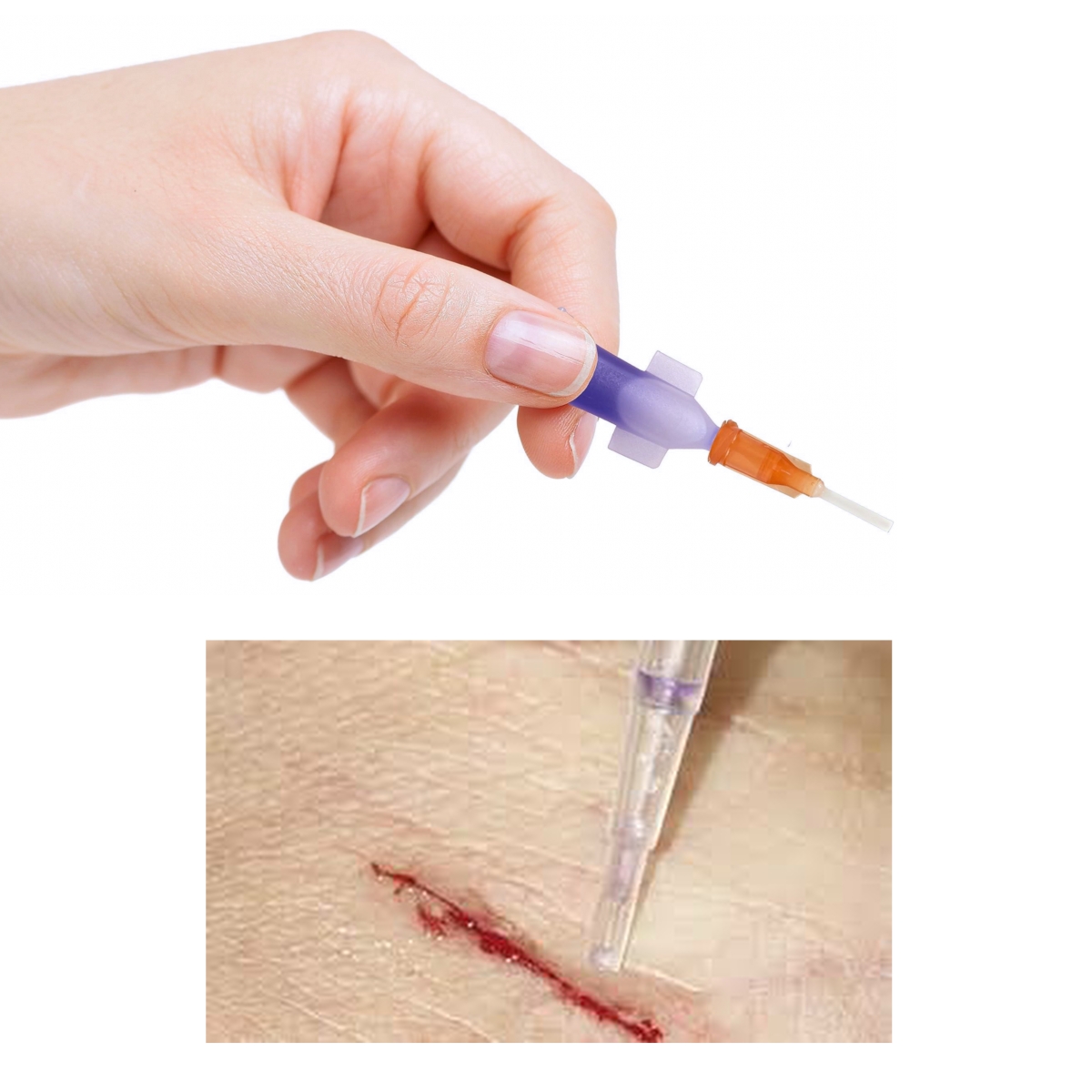
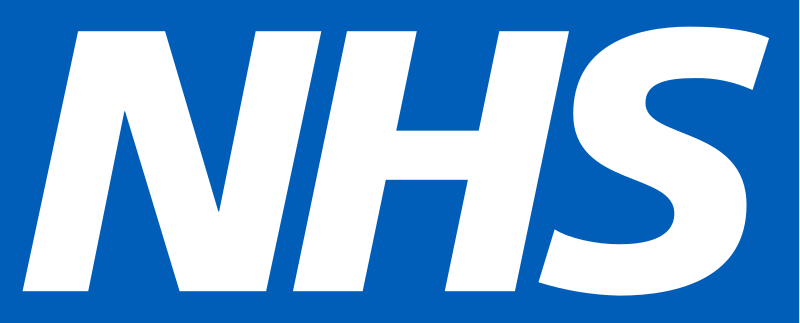
 117417
117417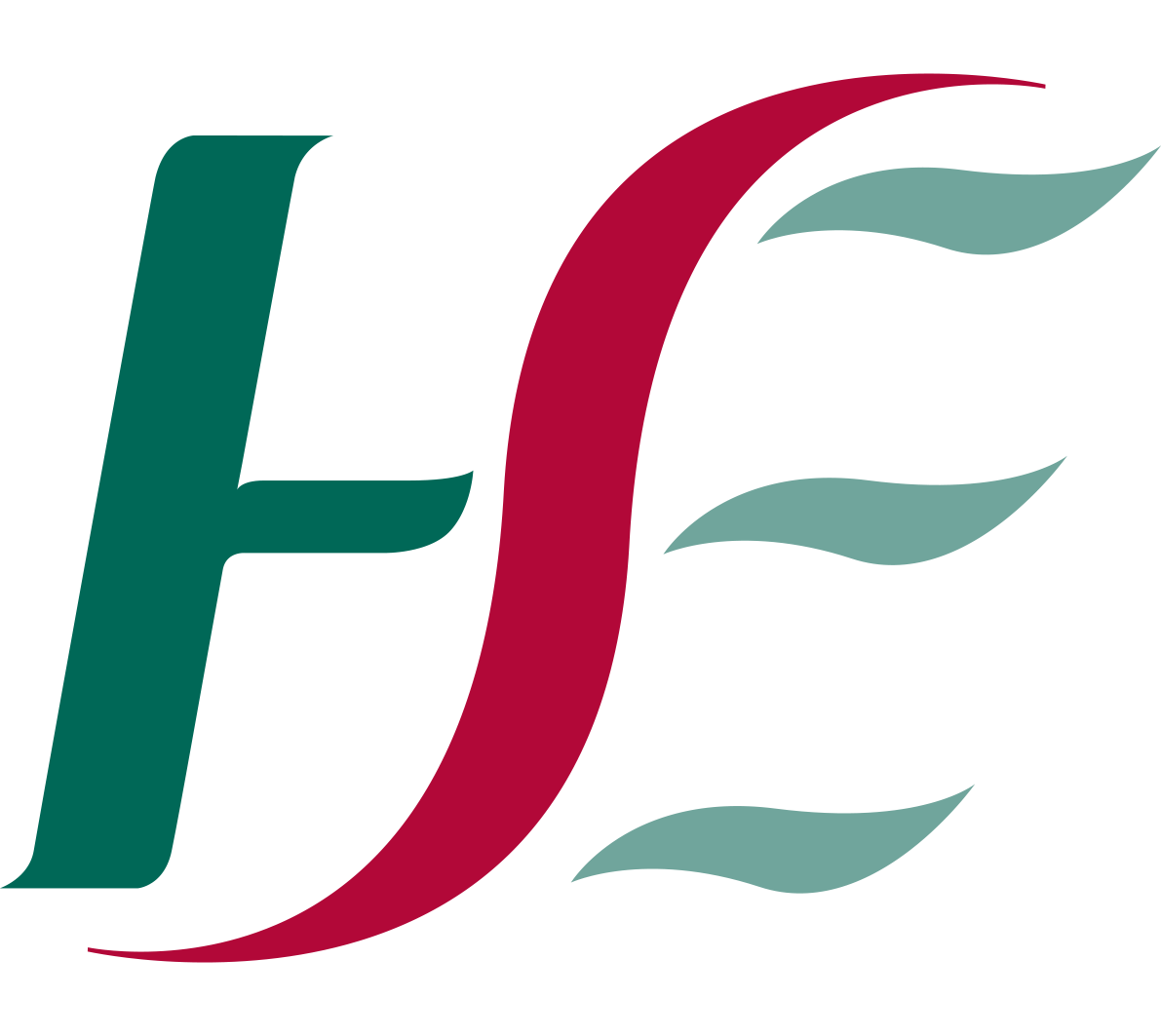 40002854
40002854


